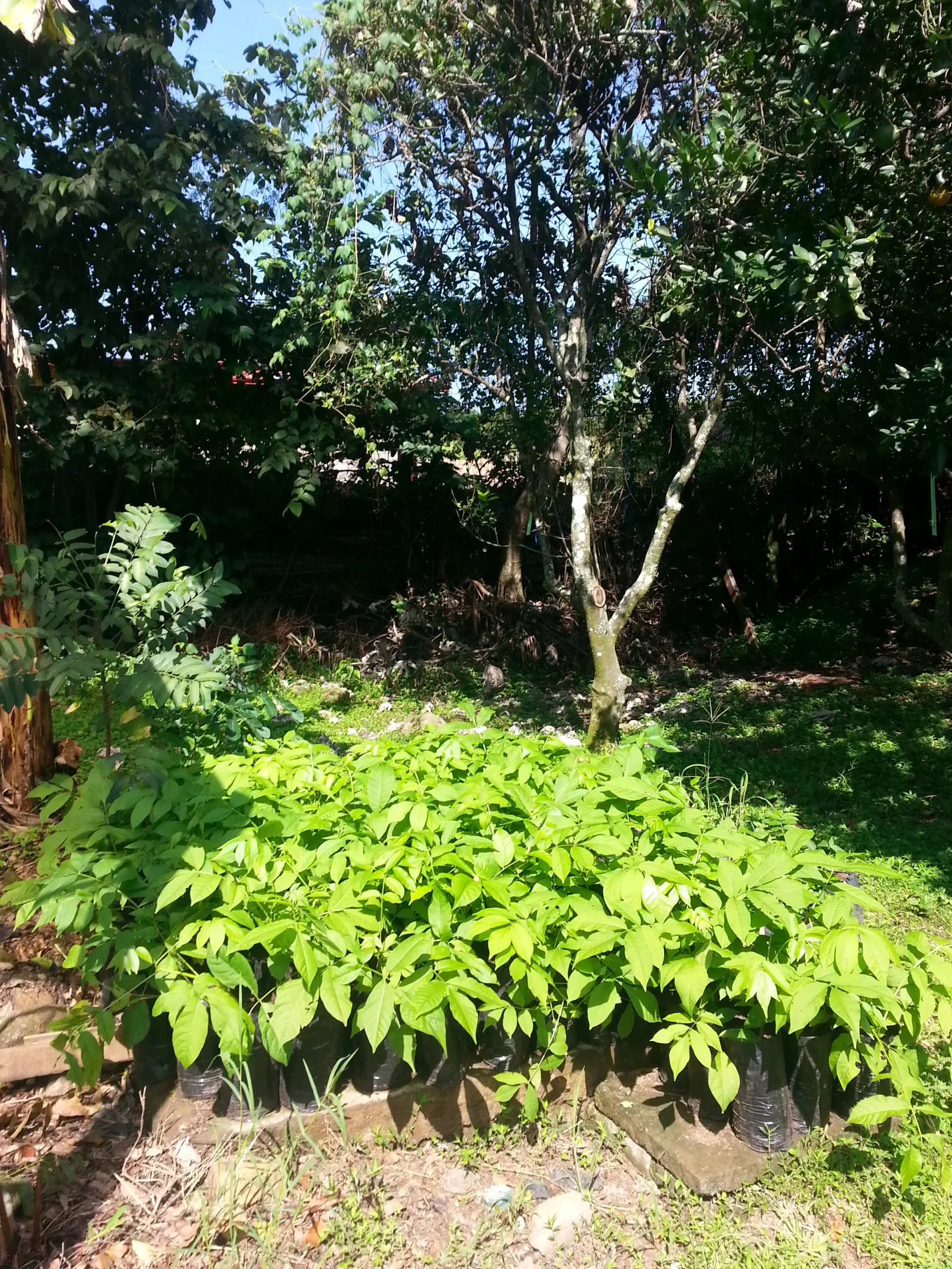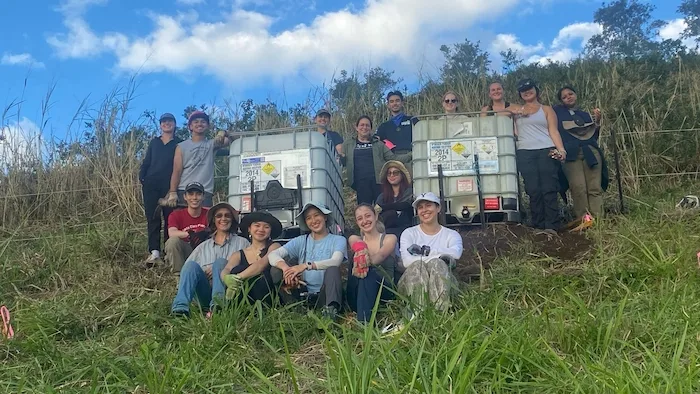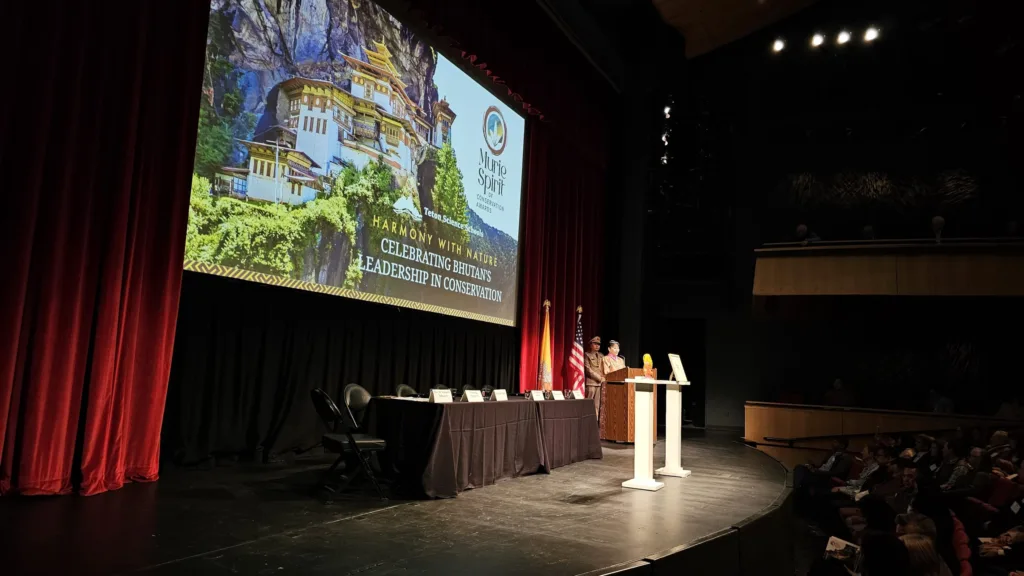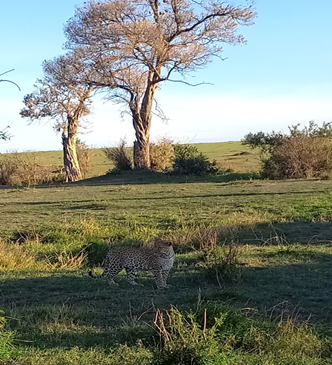Reforestation Projects in Costa Rica
The small country of Costa Rica has a long tradition of achieving ambitious environmental goals. The last report of the “State of the Nation” indicates that forest cover in Costa Rica increased to 52% in 2014, which is a major landmark. Despite that forest cover increased, most of the forests are disturbed, fragmented, and isolated. Forest cover is growing because many areas were left abandoned after intense processes of agriculture and cattle ranching. National Parks deal with a high degree of isolation between protected areas due to the lack of continuity in forest coverage between conservation areas, which compromises the long-term viability of tropical species, the functionality of ecosystems, and the capacity of protected areas to provide high-quality environmental services.
To secure the functioning of regenerating forests, conservation efforts must focus on the management and restoration of fragmented areas. One strategy to do this is to support natural regeneration and complement it with direct reforestation and enrichment of forest fragments using native species. To achieve this goal, we need access to plenty of seedlings of native trees. This step is not so simple. Reforesting with native species requires collecting seeds at the right time (when the fruit is just ripe, not immature or old), and this involves the monitoring of species with very low abundance and low reproductive output, which are dispersed over large areas. It also involves planting the seeds under the right conditions, and waiting until the seedling is big enough, and more importantly, transferring the seedling to a suitable destination in the field where the chances of survival will be higher. Many government offices in charge of propagating native trees face major challenges producing seedlings. Being understaffed and underfunded, these offices have difficulty keeping nurseries functioning, not to mention providing tree seedlings native to a specific region. Therefore, it is almost impossible to reforest forest fragments with species native to a region: the right kind of seedlings are simply too hard to come by.
The SFS Center for Sustainable Development Studies has a long tradition of implementing local reforestation projects in our host community of Atenas. We have planted hundreds of seedlings of native trees in Atenas, which can withstand the harsh conditions of the long dry season in places like community reserves, maintaining aqueducts, local schools, and local forests. Recently, the Center joined forces with Tirimbina Rainforest Reserve to extend these initiatives to the Caribbean Slope of Costa Rica and integrate small farmers into reforestation. This implies finding key collaborators with a strong conservation sense who are interested in reforesting forest fragments to shelter endangered species to increase connectance in a fragmented landscape.
Reforestation is not easy. Surprisingly enough, most people lack interest because reforestation involves hard work and commitment, dedicating a piece of land to conservation. If we add the lack of suitable seedlings native to an area, it is easy to understand the absence of enthusiasm. However, we need to start by generating the seedlings. The SFS Center for Sustainable Development Studies in Costa Rica produces hundreds of seedlings every year with the goal of planting these seedlings in the appropriate habitats where their conservation and ecological impacts will be highest. Despite the low interest in reforestation, we need to persist in this effort and explore new avenues to stimulate local community members to continue reforesting.
“The best time to plant a tree was 20 years ago. The second best time to plant a tree is now.” – Chinese proverb

Dozens of Cedrela salvadorensis seedlings waiting to be planted in 2016 in the nursery of the SFS Center for Sustainable Development Studies in Atenas, Costa Rica.
Related Posts

Restoration on a Cinder Cone: A Syntropic Story

Bhutan Honored with the Murie Spirit of Conservation Award
